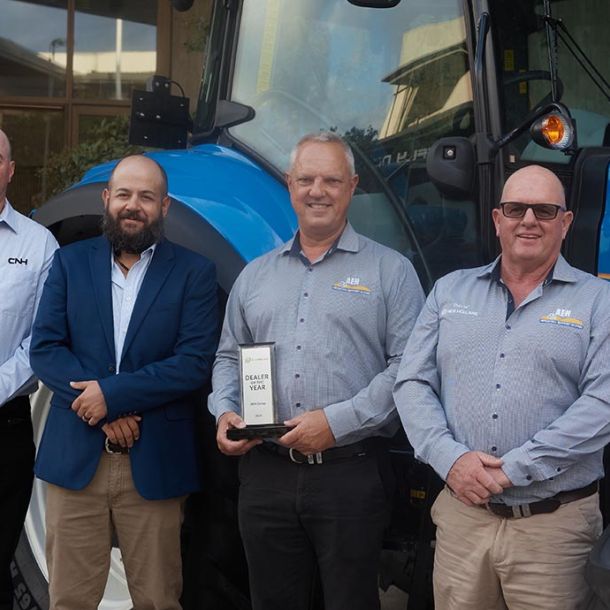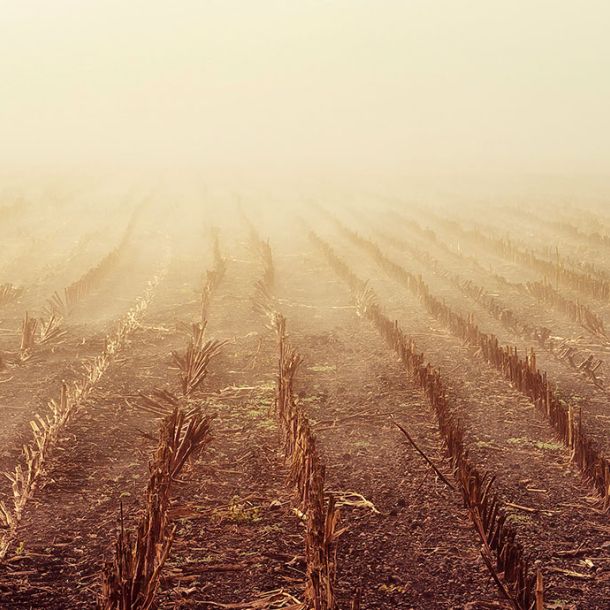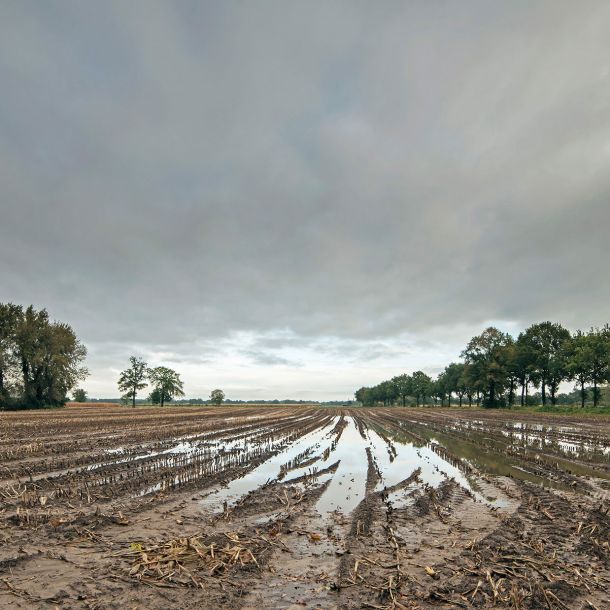Don’t Wet The Bed: Managing Waterlogged Seedbeds
Global climate change causes waterlogging events to be more frequent, severe, and unpredictable. Some wet areas will become wetter and longer periods of waterlogging will also become common. Loss of production is the result.
The value of this decline in yield to the Australian grains industry is an estimated loss of AU$180 M. Waterlogging can cause 40–50% wheat yield reduction in a wet year.
Waterlogging restricts the ability of the soil to provide the best conditions for plant growth. Soil needs the right balance of water and air for plant growth to thrive. Waterlogging reduces the development of plant roots and starves the plant of oxygen and nutrients.
Waterlogging may be caused by the natural slope of the land; by poor internal drainage (which may be natural or induced by traffic or cultivation); by the nature of the soil resulting in surface crusting and a hard pan; or by the impact of rain on bare, unprotected soil.
Why waterlogging needs to be managed
Waterlogging can not only lead to a loss of production in crops and pastures, but also:
- reduced ability to travel over the ground
- loss of nutrients
- soil structure decline, and
- recharge to saline water tables.
Management options for waterlogging
How you manage a waterlogged soil will depend on its severity, position in the landscape, and land use. You can adapt crop or pasture management to the waterlogged conditions, reduce the waterlogging on-site, and reduce surface water flow to the susceptible site, or a combination of these options as part of a whole-farm water management plan.
Options include:
- Do nothing: just avoid waterlogged areas when seeding, spraying, and harvesting - not the best option.
- Use more tolerant crops or pastures, and suitable agronomy.
- Alter nitrogen management to suit the waterlogged situation.
- Use shallow surface drains on flat waterlogged areas.
- Manage water coming from upslope, to divert surface water flows.
- Use raised beds on vulnerable flats, with shallow surface drainage.
- Use strategic deep tillage to break up compacted layers or surface crusts.
- In high rainfall areas and irrigation areas with clay soils, use mole drains.
Use tolerant crop species
Some grains are more tolerant of waterlogging than others:
- Most grain legumes and canola are more susceptible to waterlogging than cereals and faba beans.
- Grain legumes, in decreasing order of tolerance, are: faba bean, yellow lupin, grass pea, narrow-leafed lupin, chickpea, lentil, field pea.
- Oats tend to recover better from waterlogging than wheat and barley.
- Wheat and barley varieties have a large genetic range of waterlogging tolerance. A local agronomist can advise on the best varieties for a particular season.
Adjust seeding
Options to reduce crop damage from waterlogging include:
- Seed crops early.
- Use long-season varieties.
- Plant waterlogging-susceptible paddocks first and early. Crop damage is particularly severe if plants are waterlogged between germination and emergence.
- Resow the crop if waterlogging delays emergence.
- Higher sowing rates increase the number of heads and improve crop competition with weeds that take advantage of stressed crops.
Use shallow surface drains
Use shallow relief drains to remove surface ponding and run-off water. These drains won’t reduce existing waterlogging, but do reduce the likelihood of future waterlogging.
Use surface water management upslope of waterlogging
Prevention is better than cure: prevent water from flowing downslope where it can lead to erosion, waterlogging, and inundation. All drainage should be part of a whole farm water management system.
Use strategic deep tillage
Strategic deep tillage is a single or occasional practice with a deep ripper, rotary, spader, moldboard plow or disk plow. Deep tillage can loosen compact soil layers, particularly the clay subsoil, improving drainage in the subsoil, thus reducing waterlogging. Gypsum may also be incorporated to reduce sodicity and improve soil structure, which also reduces waterlogging.
Deep ripping loosens hard layers of soil by using sturdy tines to 35–50 cm depth. It is not suitable for all soils and crops, so season, timing, soil type, tine spacing, shallow leading tines, soil moisture content, and working depth are all factors to consider. Combined with controlled traffic farming, strategic deep tillage may show benefits for three seasons but can be as long as ten seasons with average wheat yield increases of about 0.6 t/ha.
K-line Agriculture has produced a range of deep rippers that are designed to shatter sub-soil compaction, which can greatly improve internal soil drainage.
The MaxxRipper® has deep ripping tines for breaking up compacted soils to a depth of 600mm, while the LightningRipper® busts surface crusts and hard pans, with less horsepower requirements and minimal soil disturbance.
Both these machines have specific advantages, and both can prove useful tools in soils where waterlogging is a problem.
Develop & maintain raised beds on waterlogged flats
Raised beds allow drainage from the beds into the corresponding channels. This provides deeper unsaturated soil for plant growth in the beds.
The K-Line Ag SpeedBuster® is the ideal machine for managing and maintaining raised bed operations for both dry land and irrigation. Where waterlogging is a recurring problem, a raised bed system could be the answer to your drainage needs, and the SpeedBuster®, with its large 24” discs will penetrate and aerate compacted soils to improve drainage and prepare the seedbed for sowing. The system is ideal for renovating existing beds and sizing and incorporating residue. The use of this bedding machinery allows excess water to drain down the furrows and out to adjacent waterways.








